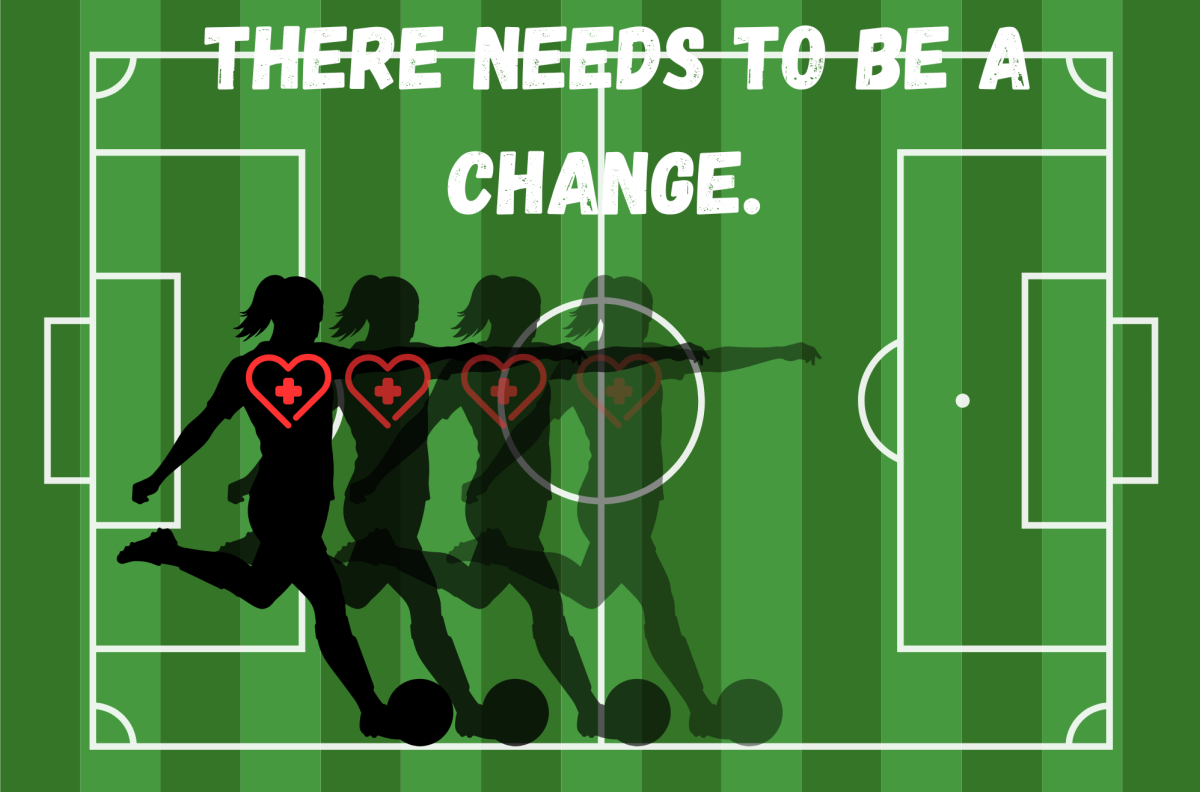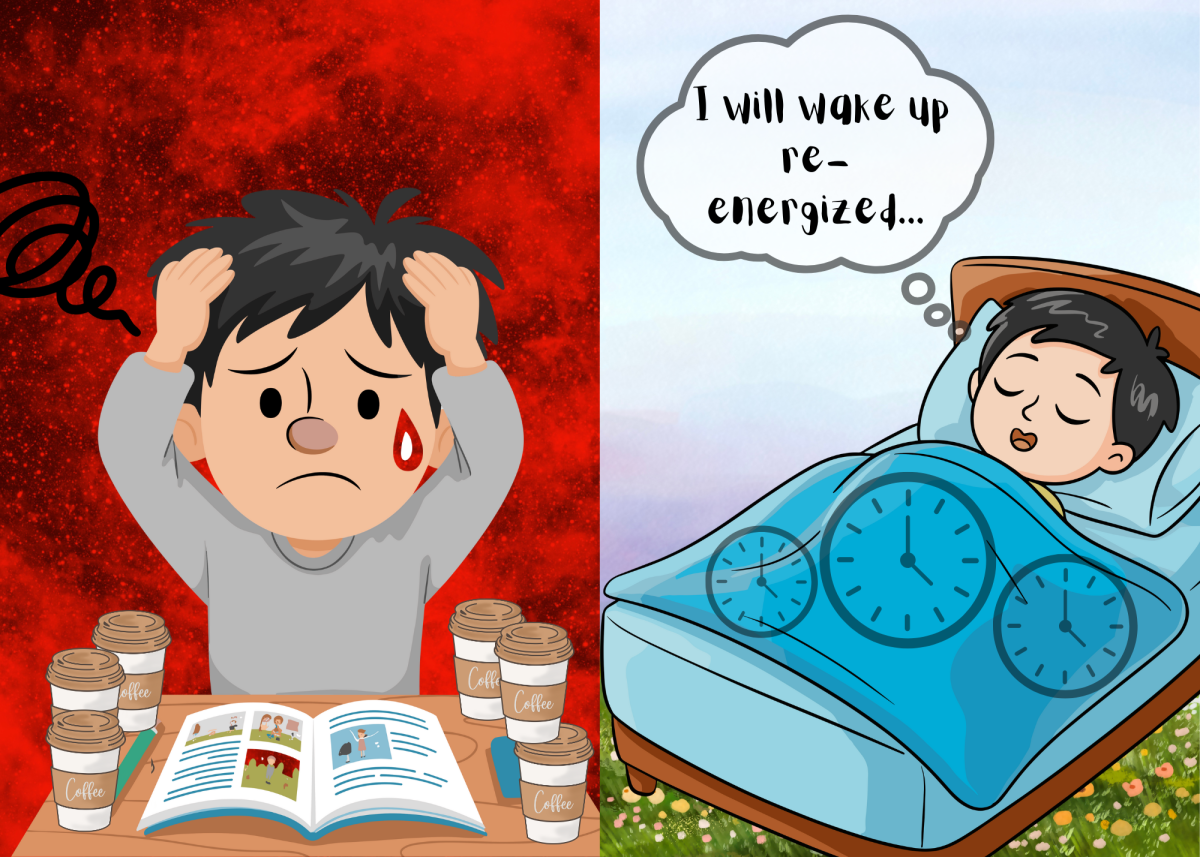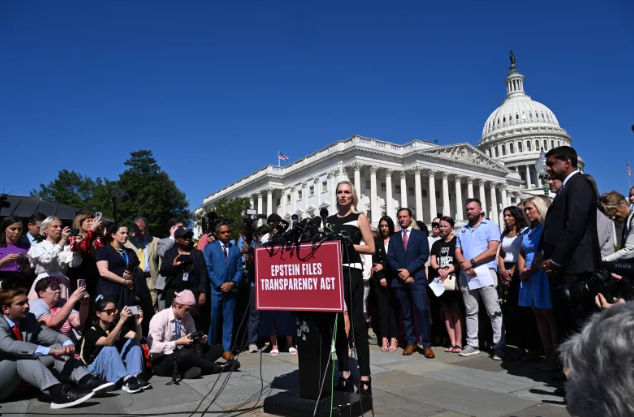As second semester speeds by, moving ever closer to those dreaded days of the PSAT/ACT, AP tests, and finals, the toll of studying grows every day for nearly all of us. It can often feel overwhelming, sometimes even impossible, and yet there seems to be no one out there to help with it. So, let me share with you something that I’ve discovered over the last few weeks that has completely changed my study habits and made them workable: breaks.
I’ll admit off the bat: I have always struggled with studying. I enjoy taking difficult classes, learning in the classroom, and making projects, but I utterly detest having to spend hours at a time taking notes from a textbook or doing pages of homework, especially on an uninteresting topic. Yet, most of our modern school system is designed to make studying an integral part of it.
But, a couple of weeks ago, after watching a YouTube video on it, I got inspired. Instead of working for three hours at a time, fueled by an internal feeling of desperately wanting to finish a given assignment, the video said, it is a good habit to actually control your study time.
Simply finishing an assignment is a very poor and ineffective way to organize your time. One assignment can last 20 minutes while another can take two hours. Yet, we allow them the same amount of importance in our minds. Instead, what we should do is to organize study time by time.
What do I mean by that? Well, it’s honestly pretty simple: tell yourself: “45 minutes of studying, and then a 30-minute break.” And by this, I don’t mean 45 minutes of checking your phone after every problem; no, a 45-minute-timer-long session of pure, uninterrupted studying. You’re dialed in, locked in, focused. Nothing can stop you. You attack this worksheet with every fiber of muscle in your body, it’s 45 minutes of you vs. the homework and there’s only going to be one winner.
When your timer rings, you should immediately step away and go straight to TikTok, Netflix, or whatever else you do in your free time, but exactly 30 minutes worth of it. Not 45 minutes, not even 31 minutes—30 minutes, constrained by another timer, and when the time is up, back to studying.
Now, I know this sounds like both a very simple and unconvincing change to implement, but trust me, if you do it right, it works. The time ratio of homework to free time can be altered, of course, but in effect what this process does is forcibly organize your study time. No longer does studying feel like an endless, horrible uphill battle that you will never win—now, you’re in control, and you know that 18 minutes from now, whether or not you finish that worksheet, you’re going to stop, breathe for a while, and then move on.
“When you’re working for really long periods of time, you get burned out,” junior Yoshi Waldron said, “Breaks are a great way to regenerate, recuperate a little bit.”
Breaks may not work for everyone. But, if you’re anything like me in my hate toward homework, they might just be the thing that makes everything click. In an ultra-competitive educational world plagued by constant GPA comparisons and grade checks, breaks might just be your make-or-break.









